
What is glaucoma?
Glaucoma is an eye condition that affects your optic nerve, which carries visual images from your eye to your brain
learn moreGlaucoma is one of the most common eye conditions
Fortunately, glaucoma can be treated to preserve eyesight.
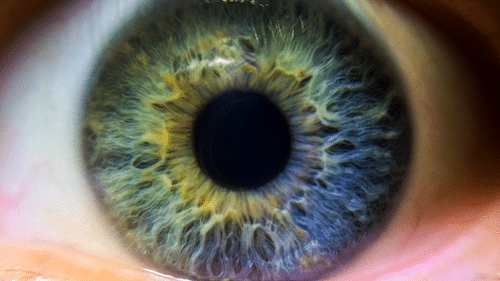
What is glaucoma?
Glaucoma is a group of eye diseases commonly caused by an increased pressure inside the eye due to a buildup of excess fluid. Treatment is aimed at lowering pressure to prevent vision loss.

What causes glaucoma?
Normal eye
In a healthy eye, a fluid called aqueous flows freely throughout the eye and travels through an internal drainage system.
Glaucoma
If the drainage system is blocked or partially obstructed, the natural pressure in your eye may increase. When eye pressure becomes too high, the optic nerve can become damaged causing blurred vision, and if left untreated, vision loss.

Who is at risk of glaucoma?
Anyone may develop glaucoma, but some people are at higher risk.
If you have any of the following, you may be at greater risk:
- - A family history of glaucoma
- - High eye pressure
- - African or Asian ethnicity
- - Diabetes
- - Short or long sightedness
- - Long term use of steroid medication
- - A previous eye injury
- - Migraine
- - High or low blood pressure
- - Obstructive sleep apnoea
People with a first-degree relative with glaucoma have a 1 in 4 chance of developing glaucoma.

Are you at risk of glaucoma?
What are the common types of glaucoma?
There are two main types of glaucoma
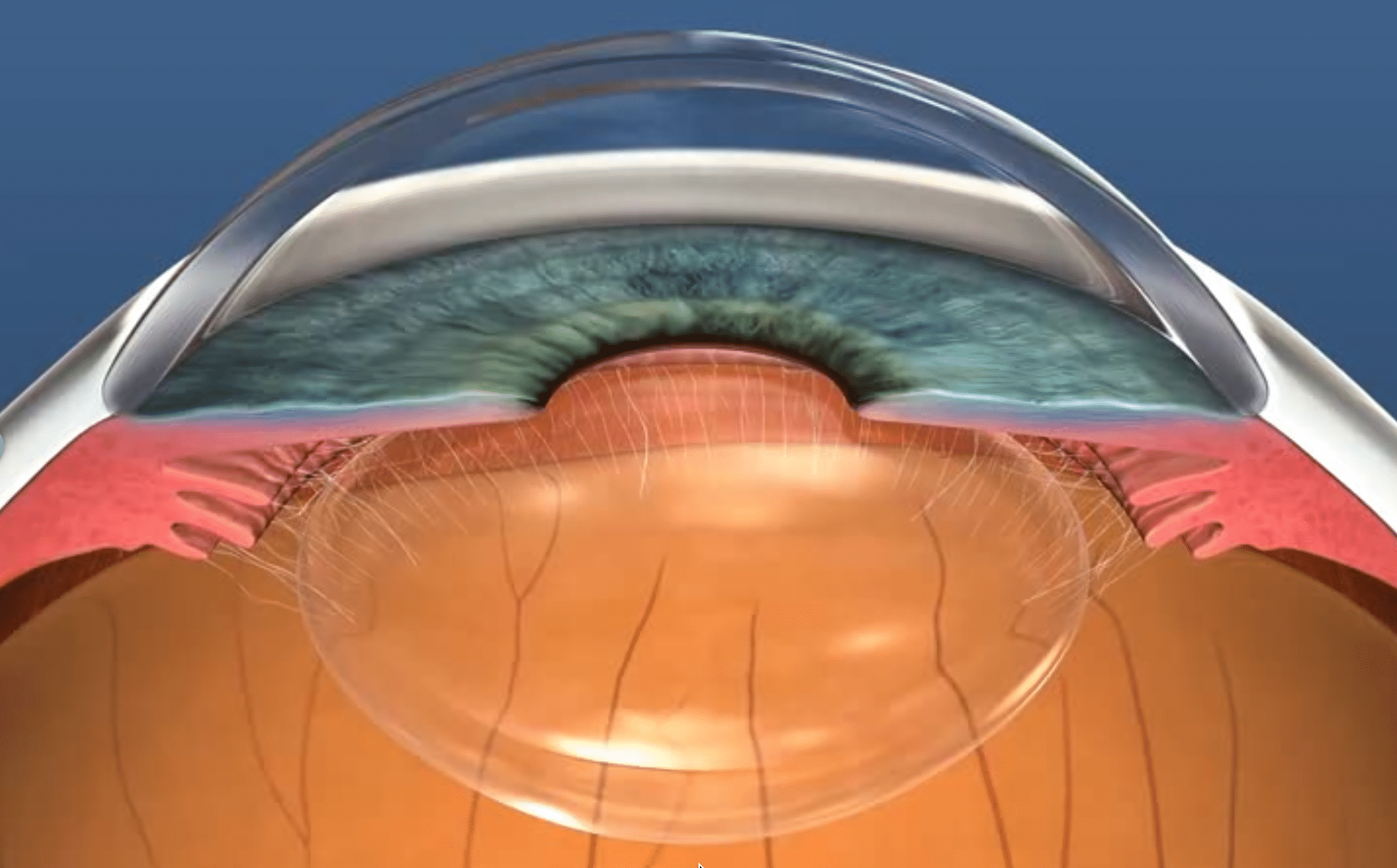
Open-angle glaucoma
This is the most common form of glaucoma. The drainage channels are open but do not drain fluid properly, causing a build up of fluid pressure. Over time, this high pressure may damage the delicate optic nerve, which is vital for good vision.
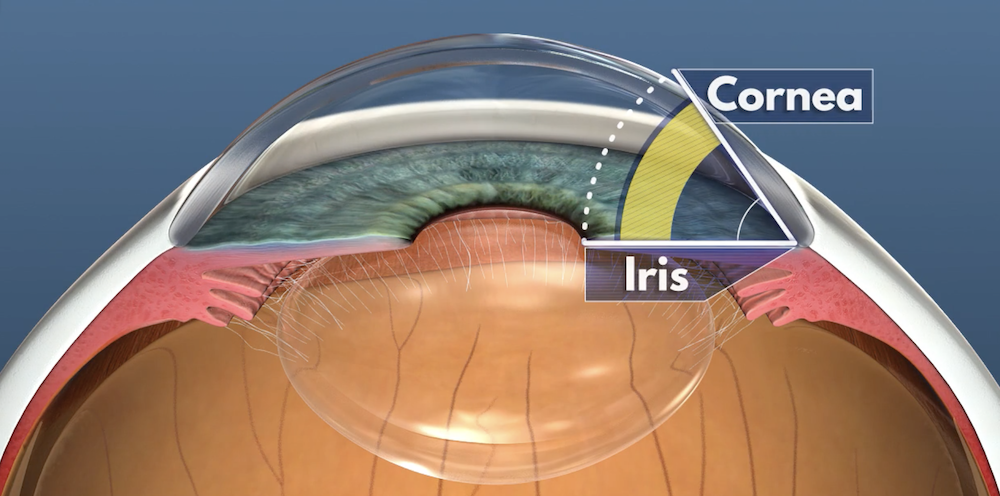
Angle-closure glaucoma
This is where the space between the coloured part of the eye (called the iris) is too close to the clear front window of the eye (known as the cornea). The iris can block off the eye's natural drainage channel, leading to slow, or sudden, build up of eye pressure.
What are the symptoms of glaucoma?
People with glaucoma often do not experience any symptoms
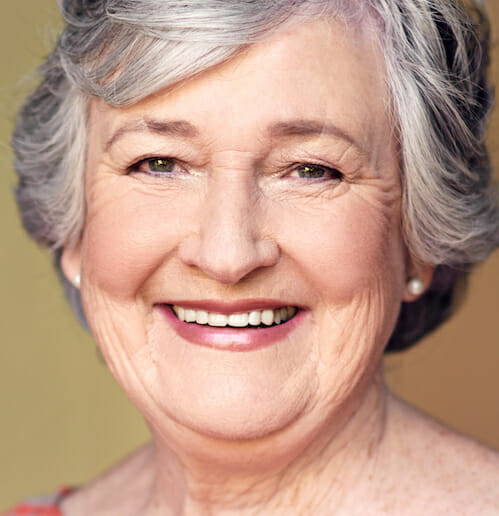
Open-angle glaucoma symptoms
Typically, open-angle glaucoma has no or few symptoms in the early stages, and vision remains normal. As the optic nerve becomes damaged, you may lose your peripheral vision but without detection or treatment, blindness may occur.
Therefore an eye examination is essential to detect damage to the optic nerve and loss of peripheral vision.

Angle-closure glaucoma symptoms
Angle-closure is a true medical emergency. Symptoms may include:
- Severe headache
- Eye pain
- Nausea and vomiting
- Blurred vision
- Seeing halos (circles around lights)
- Eye redness
These symptoms may also be a sign of other eye conditions. If you have any of these symptoms, please make an appointment with your optometrist or Dr Kerr.
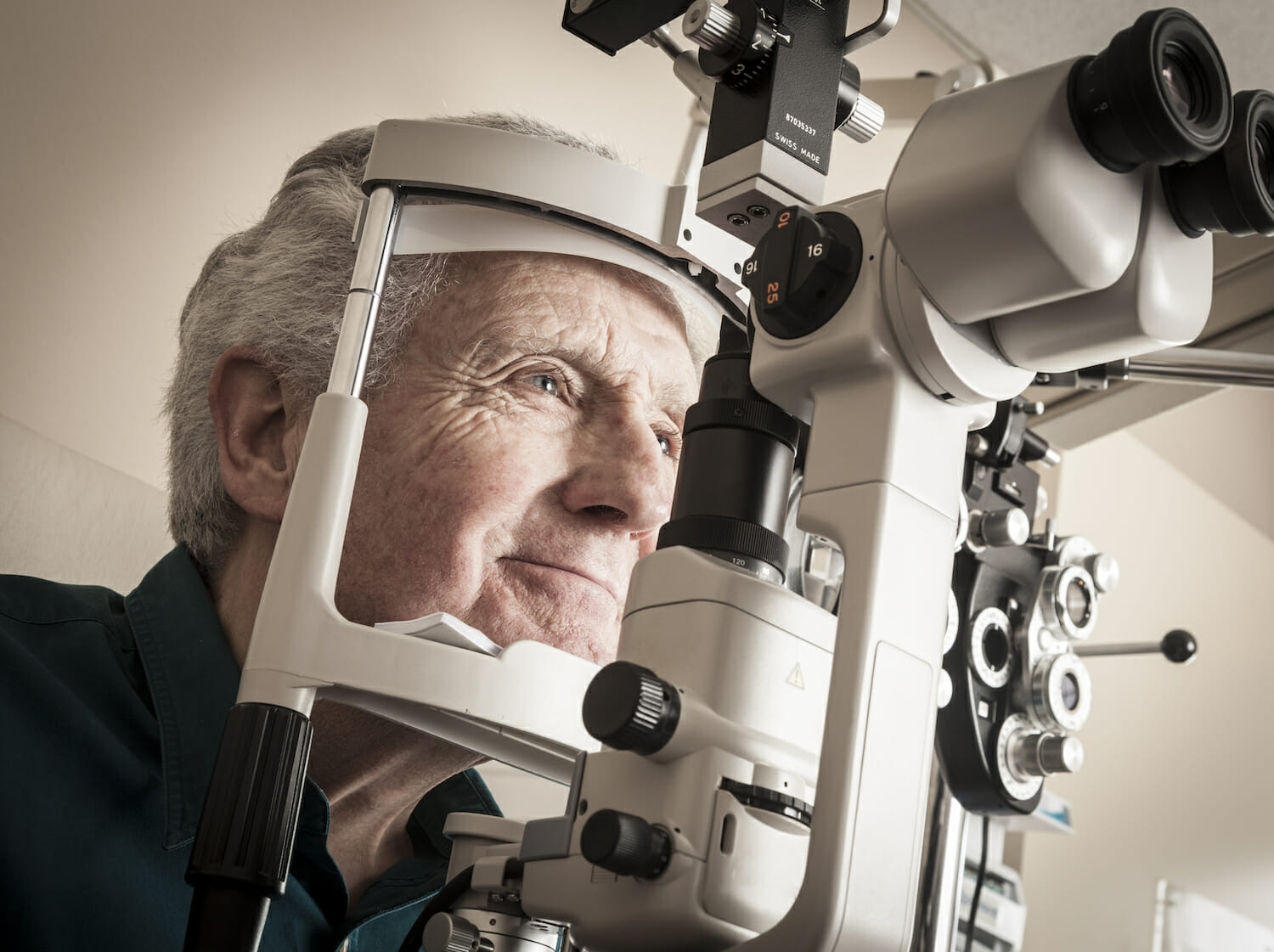
How is glaucoma detected?
During a glaucoma exam, Dr Kerr and his skilled technicians will:
- - Measure your eye pressure, also known as intraocular pressure (IOP)
- - Measure the thickness of your cornea
- - Inspect your eye's drainage channel
- - Examine your optic nerve for damage
- - Test your central and peripheral vision
- - Take a photo or scan of your optic nerve
The combined results of the above tests determine whether you have glaucoma. No single test can detect glaucoma.
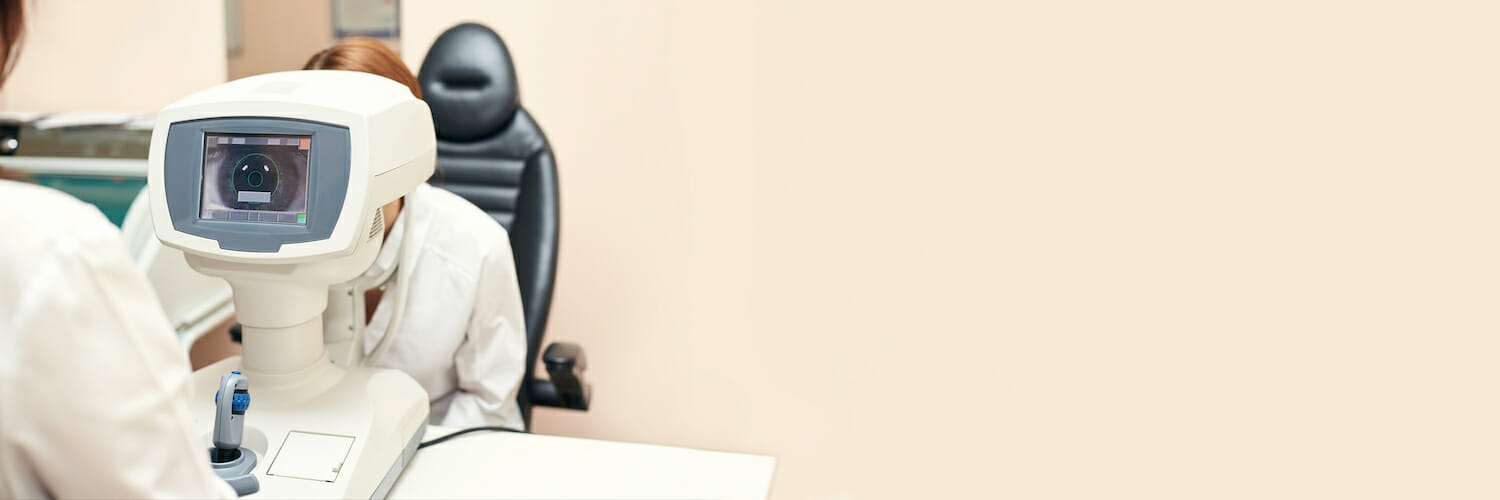
Watch a video of glaucoma tests

Treatments for glaucoma

Various treatments for glaucoma exist, all with an aim to lower pressure inside the eye: eye drops; laser procedures; surgical procedures.
How is open-angle glaucoma treated?
Glaucoma is treated with laser, medication, surgery, or a combination of the three.
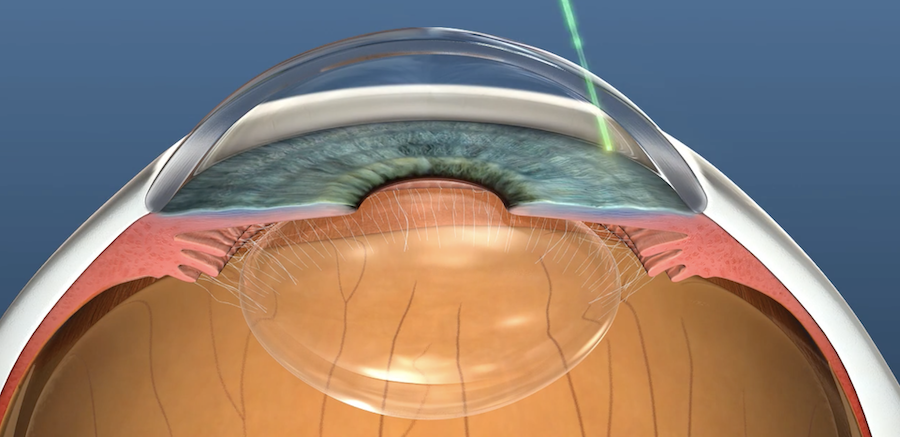
Selective laser trabeculoplasty
A simple, painless, laser procedure called selective laser trabeculoplasty is recommended as first-line treatment. Compared to eye drops, SLT provides better control of eye pressure, reduces or eliminates the need to take daily eye drops, and lowers the risk of requiring glaucoma surgery.
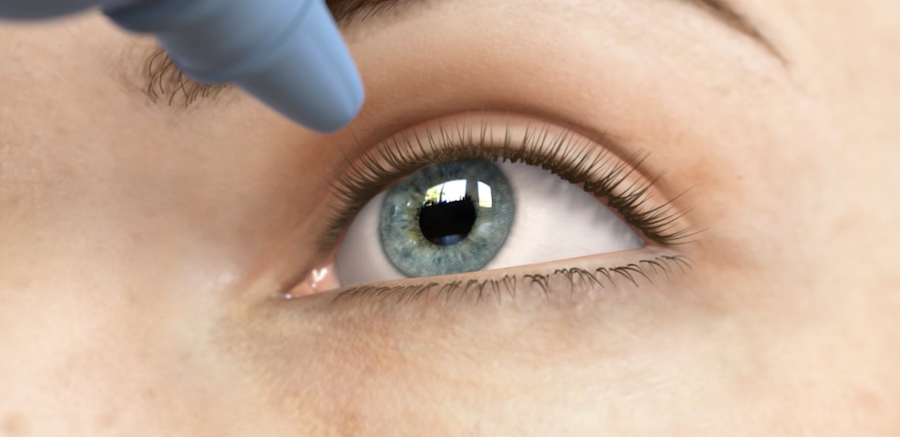
Eye drops
Where eye pressure remains high despite other treatments, daily glaucoma eye drops may be prescribed. These lower eye pressure by assisting fluid drain out of the eye or by reducing fluid production.
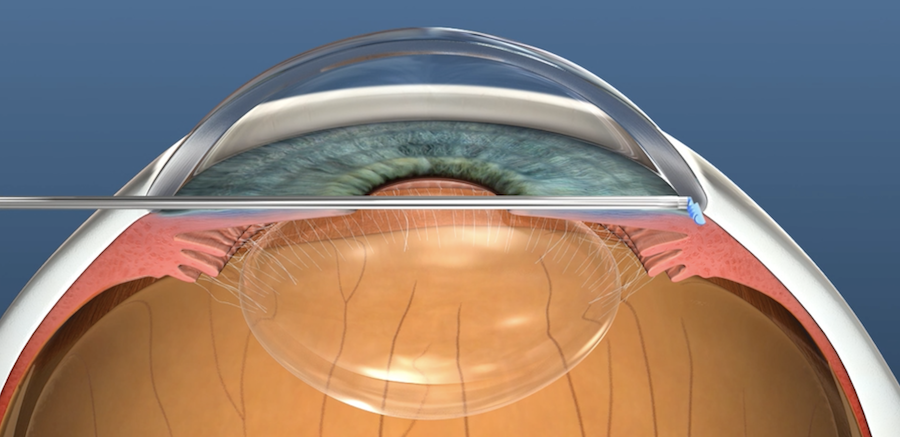
Glaucoma surgery
If eye drops are not effective or cause side effects, minimally invasive glaucoma surgery can be performed to insert microscopic stents to lower eye pressure and reduce the need for eye drops. For people with very advanced glaucoma, conventional surgery such as trabeculectomy or a glaucoma drainage tube may be recommended.
How is angle-closure glaucoma treated?
Treatments are performed to help open the eye's drainage channel.
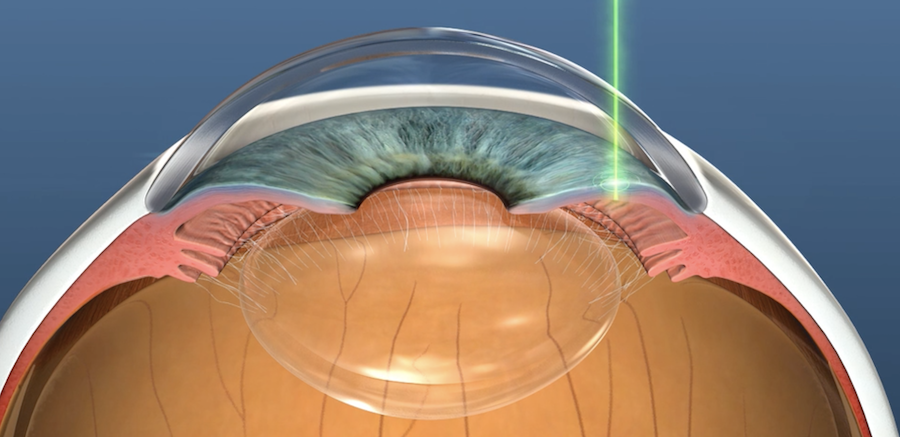
Laser iridotomy
Laser iridotomy is a simple and effective laser procedure used to treat or prevent angle-closure glaucoma in people with narrow angles.
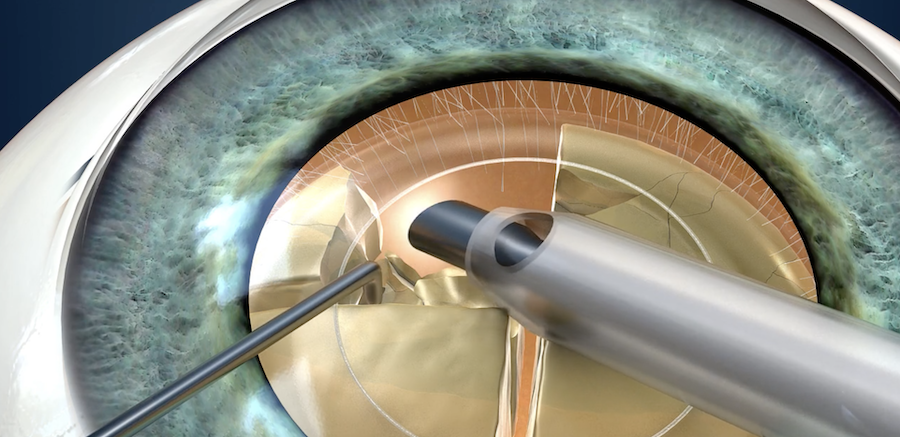
Lens extraction
For some people with narrow angles and very high eye pressure or significant cataract, cataract surgery to replace the eye's natural lens with a thin artificial lens may help open the natural drainage channel of the eye.

Eye drops
Where eye pressure remains high despite laser iridotomy and/or lens extraction, daily glaucoma eye drops may be required.
If you liked this page, please share it on social media to help someone living with glaucoma
Good vision. Good life.
Preserving your eyesight from glaucoma can improve many areas of your health and happiness.
Spirit
Increase in happiness
Mind
Reduced risk of depression
Accidents
Reduced risk of falls, fractures, and car accidents
Health
Better mobility


